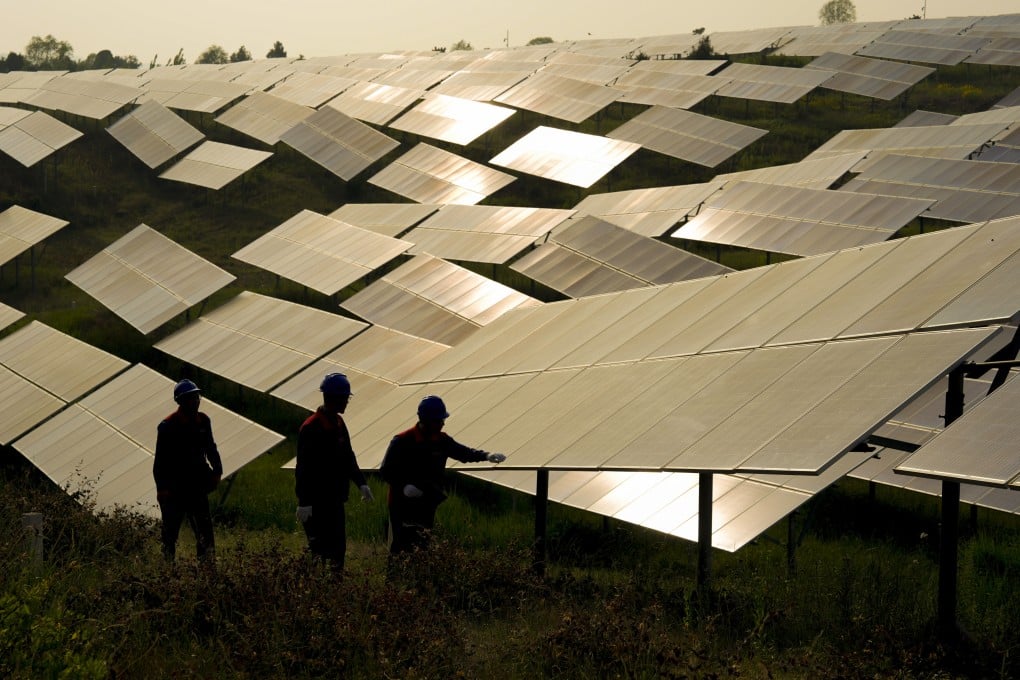China’s renewable energy ‘fluctuations and volatility’ could see Beijing supercharge power reforms
- Power capacity and infrastructure are vital to Beijing’s green transition and hi-tech ambitions, but ‘power abandonment’ is a critical setback

The state of China’s leading position at the global forefront of renewable-energy installations, amid a troublesome drop in equipment utilisation and bottlenecks, has triggered fresh calls for more energised action out of Beijing.
Nationwide solar-generation-capacity installation surged by 52.2 per cent in the first five months of the year, compared with the same period last year, and wind-power capacity also increased by 20.5 per cent, according to fresh data from the National Energy Administration (NEA).
However, China’s overall power-generation-capacity utilisation stood at 1,372 hours between January and May, 59 hours less than during the corresponding period last year.
This comes against the backdrop of total installed power-generation capacity rising by 14.1 per cent, year on year, in the first five months while investment in power grids increased by 21.6 per cent.
“Renewable energy such as wind and photovoltaic generation is marked by big fluctuations and volatility and needs the state to coordinate consumption, storage and transmission,” Cai Yuanji, a researcher with Tsinghua University’s Sichuan Energy Internet Research Institute, said at a forum in April.
“There is an aggravating issue in the renewable-energy sector despite an investment boom: it’s difficult to send excess electricity exceeding local demand out to other regions, and what we call ‘power abandonment’ will occur,” Cai said.